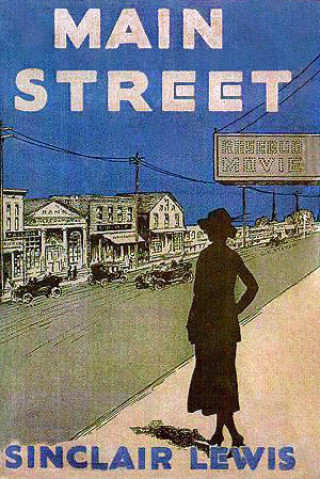Settlers styled themselves as pioneers who had won their land with their bare hands. This is how it went in “Little House on the Prairie,” with the frontier family racing ahead of the law to seize Indian property. (“Little Squatter on the Osage Diminished Reserve” would have been a more accurate title, the literary scholar Frances W. Kaye has archly suggested.) Yet in the end land ownership came, directly or indirectly, from the state. The Homestead Act of 1862, along with its successors, gridded up and gave away an area the size of Pakistan. And although homesteading sounds like a relic from the sepia-toned past, its most active period came, the historian Sara Gregg has pointed out, in the twentieth century. The final homesteader got his land in 1988.
One irony is that—after Indigenous towns—it’s the havens of the East Coast élite, such as Boston, New York, and Philadelphia, which have the deepest roots. Most bastions of “real America” are, by contrast, relatively new. Wasilla, Alaska, where Sarah Palin served as mayor, really is a small town in a farming area. But most of its farms were created by a New Deal campaign to relocate struggling farmers from the Upper Midwest. (Hence Palin’s “you betcha” accent, similar to the Minnesota ones in the film “Fargo.”) Palin’s proud patch of “real America,” in other words, was courtesy of Franklin Delano Roosevelt.
The historically recent arrival of settlements like Palin’s Wasilla or the “American Gothic” town of Eldon gives them a copy-paste quality. The striking outfits of Grant Wood’s models weren’t homespun; he’d ordered them from Sears, Roebuck & Co. in Chicago. And the Gothic window that had grabbed his attention? It wasn’t the product of a distinctive local culture, either. Eldon had existed for barely a decade when that window was installed. It, too, had been mail-ordered from Sears.
Wherever the clothes were from, the image of a stalwart couple humbly working their own land came to represent rural America. Wood described the pair as “tintypes from my own family album,” and, indeed, his parents had tilled a plot in Iowa. Yet that sort of farming marked only a brief moment in Wood’s family history. His maternal grandparents were innkeepers, not farmers, and his paternal ones had been Virginia slaveholders. When Wood was ten, his family left the farm for the city of Cedar Rapids, where Wood set out to be a jeweller.

